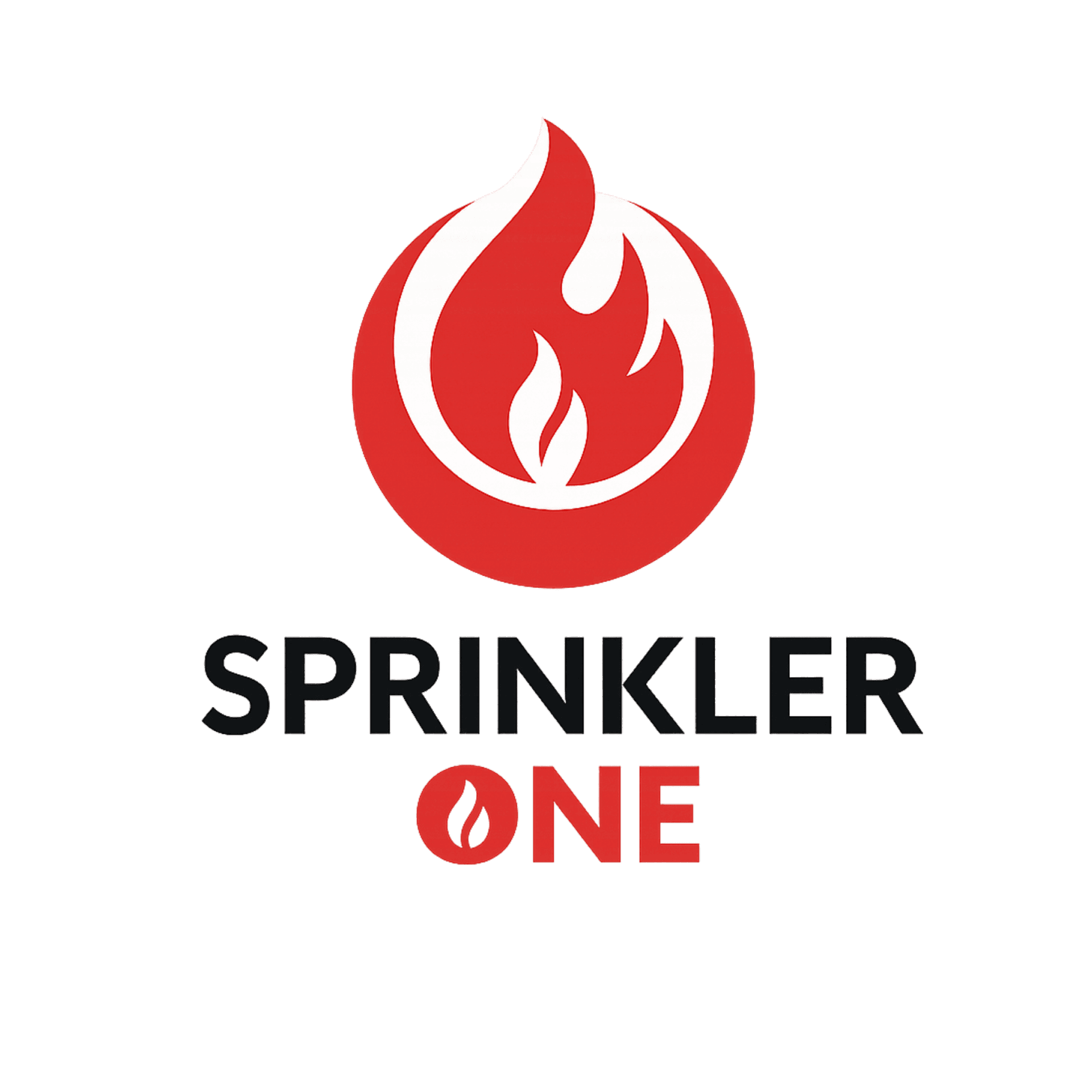Ensuring Building Safety Compliance: A Comprehensive Guide to Fire Sprinkler Inspections
Understanding the Importance of Fire Sprinkler Inspections
Fire sprinkler systems play a crucial role in ensuring the safety of buildings and their occupants. These systems are designed to detect and control fires, minimizing damage and potentially saving lives. **Regular inspections** of fire sprinkler systems are essential to maintaining their functionality and ensuring compliance with building safety regulations.
The consequences of neglecting fire sprinkler inspections can be severe. Without regular checks, systems may fail when they are needed most, leading to devastating outcomes. Thus, understanding the importance of these inspections is the first step toward safeguarding your building and its occupants.

Key Components of Fire Sprinkler Inspections
Fire sprinkler inspections involve checking several key components to ensure the system is operational. These components include:
- Control valves: Inspectors ensure that all control valves are in the correct position and free from obstructions.
- Sprinkler heads: Each sprinkler head is checked for signs of damage or obstruction that could impair its function.
- Water pressure: Adequate water pressure is crucial for the system to function effectively in an emergency.
- Pipes and fittings: Inspectors look for signs of corrosion or leaks that could compromise the system's integrity.

Frequency and Guidelines for Inspections
The frequency of fire sprinkler inspections is typically dictated by local regulations and standards such as NFPA 25, which provides guidelines for the inspection, testing, and maintenance of water-based fire protection systems. Generally, **annual inspections** are recommended, although some components may require more frequent checks.
It's important to work with certified professionals who are knowledgeable about these standards and can ensure that all aspects of the system are thoroughly inspected. This not only ensures compliance but also enhances the reliability of your fire protection system.
The Role of Technology in Modern Inspections
Advancements in technology have significantly improved the efficiency and accuracy of fire sprinkler inspections. Drones, thermal imaging, and digital record-keeping are just a few examples of how technology is transforming the field. These tools enable inspectors to perform more detailed evaluations and maintain comprehensive records, which are invaluable for ongoing maintenance and regulatory compliance.

Choosing the Right Inspection Service
Selecting a reputable inspection service is critical to ensuring thorough and accurate evaluations of your fire sprinkler system. Look for companies with a strong track record, qualified technicians, and a commitment to continuing education in the latest fire safety standards and technologies.
Quality service providers will not only conduct inspections but also offer guidance on any necessary repairs or upgrades, helping you maintain a robust fire safety system that meets all regulatory requirements.
Benefits of Regular Fire Sprinkler Inspections
The benefits of maintaining a regular inspection schedule are numerous. Inspections help identify potential issues before they become serious problems, reducing the risk of system failure during an emergency. Moreover, regular maintenance can extend the lifespan of your fire protection system, ensuring a **cost-effective investment** in safety.

In conclusion, prioritizing fire sprinkler inspections is an essential aspect of building safety compliance. By understanding the importance of these inspections, adhering to recommended guidelines, embracing technology, and choosing the right professionals, you can ensure your building is well-protected against the threat of fire.
